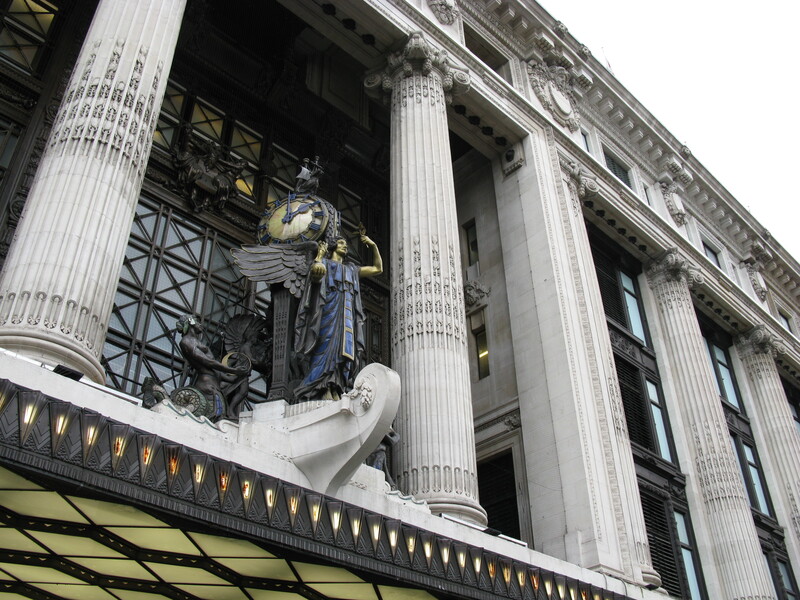Protecting Art During a Move
Posted on 18/10/2025
Introduction to Protecting Art During a Move
Moving can be stressful, particularly when it involves relocating valuable or fragile items such as artworks. Whether it's paintings, sculptures, or other forms of art, preserving their integrity during transit is paramount. This critical process involves meticulous planning, the right materials, and proper handling techniques. In this article, we will explore the best practices for protecting art during a move, offering practical tips and addressing the benefits and drawbacks of various methods.

Essential Preparations Before the Move
Before moving day arrives, there are crucial preparations that can make a significant difference in safeguarding your art collection.
1. Document the Artworks
Begin by documenting each piece of art. Take high-resolution photographs from multiple angles and record pertinent information, such as the title, artist, dimensions, and any existing damage. This documentation will be invaluable for insurance purposes.
2. Secure Proper Insurance
Obtaining proper insurance is a must. Contact your insurance provider to ensure that your art pieces are comprehensively covered during the move. Specialized insurance policies can offer peace of mind, knowing that your treasures are protected against potential damage or loss.
Choosing the Right Packing Materials
Using the appropriate packing materials is crucial in ensuring the safety of your art pieces.
1. Custom Boxes and Crates
Investing in custom crates or boxes tailored to each artwork can provide the best protection. These custom solutions are designed to fit the unique shapes and sizes of your art pieces, reducing the risk of movement and impact.
2. Acid-Free Tissue Paper and Bubble Wrap
Wrap each item in acid-free tissue paper to prevent any chemical reactions that could damage the art. Follow this by using bubble wrap for additional cushioning. This combination offers a protective barrier against potential damage during transit.
Handling and Transporting Artworks
Moving art involves more than just packing; careful handling and transport are equally important.
1. Label Boxes Clearly
Clearly label each box with "Fragile" and specify the contents. This ensures that movers recognize the need for careful handling.
2. Use Proper Lifting Techniques
Train those involved in lifting and moving the art to use proper techniques to avoid sudden jolts or drops. Employ dollies and other equipment as needed to aid in the safe transport of heavier pieces.
3. Climate-Controlled Transport
For particularly valuable or sensitive artworks, using climate-controlled transport can protect them from extreme temperatures and humidity changes, which can cause irreversible damage.
Professional Moving Services
Sometimes, the safest option is to enlist professional moving services, particularly those specializing in fine art.
Benefits of Professional Services
- Expertise in handling and packing art
- Access to specialized equipment and materials
- Comprehensive insurance options
Drawbacks of Professional Services
- Higher costs compared to DIY methods
- Less personal control over the moving process
Tips for Protecting Art During a Move
- Always consult with art restoration experts before attempting to pack and move valuable or fragile pieces.
- Use corner protectors to safeguard the edges of paintings and frames.
- Avoid stacking art pieces to prevent crushing or deformation.
- Ensure that sculptures and three-dimensional art are immobilized within their crates to prevent shifting during transit.

Takeaways
When moving art, preparation is everything. From securing proper insurance to investing in the right packing materials, every step counts. Whether you choose to do it yourself or hire professionals, the key to a successful move lies in meticulous planning and attention to detail.
Conclusion
Protecting art during a move requires a combination of proper documentation, the right materials, careful handling, and possibly professional help. While the process may seem daunting, following the guidelines and tips outlined in this article can ensure that your treasured artworks arrive at their new destination in pristine condition.
Pros and Cons
- Professional Services Pros: Expertise, specialized equipment, comprehensive insurance.
- Professional Services Cons: Higher costs, less personal control.
- DIY Pros: Cost-effective, personal oversight.
- DIY Cons: Higher risk of damage, requires substantial effort and knowledge.
By recognizing the importance of each step in the moving process, you can ensure the maximum protection for your art collection, preserving its value and beauty for years to come.





